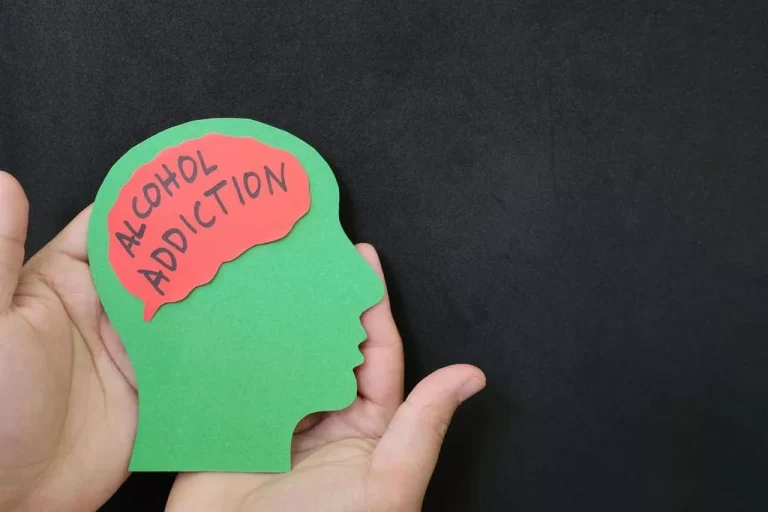
In general, alcohol loosens inhibitions, which can lead to poor decision-making. It’s important to be aware of how different types of alcohol can affect you personally, and to always drink responsibly. Liqueurs are a considerable part of a bartender’s arsenal, and there are hundreds of different types. They’re commonly usdifferent types of alcoholed to make cocktails and shots but are occasionally consumed as an after-meal digestif or a before-meal aperitif.
What Are the Symptoms of Alcohol Use Disorder?
For example, a college student may go out every weekend, drinking heavily at parties, yet stay sober during the week. Despite periods of sobriety, these intense drinking patterns can lead to dangerous behavior such as drunk driving, unprotected sex, or physical altercations. Understanding what is considered an alcoholic, the different types of alcoholics, and how to identify alcoholism can help shed light on the diversity of this condition and provide insights into tailored treatment approaches. The largest percentage of alcoholics fall into this group, as NIAAA publishes that 31.5 percent of all alcoholics in the United States fit this subtype.

How Each User Still Needs a Unique Treatment Plan
Studies show that strong family support through family therapy increases the chances of maintaining abstinence (not drinking) compared with people going to individual counseling. alcoholism types Motivational enhancement is conducted over a short period of time to build and strengthen motivation to change drinking behavior. The therapy focuses on identifying the pros and cons of seeking treatment, forming a plan for making changes in one’s drinking, building confidence, and developing the skills needed to stick to the plan. When asked how alcohol problems are treated, people commonly think of 12-step programs or 28-day inpatient treatment centers but may have difficulty naming other options. In fact, there are many treatment options available thanks to significant advances in medical and behavioral research over the past decades.

The Functioning Alcoholic
- Acamprosate, naltrexone, and disulfiram are three approved treatment medications for alcohol withdrawal management and recovery.
- 12-step programs such as Alcoholics Anonymous (AA) help people reduce their drinking, stop drinking, or maintain abstinence by providing peer support.
- They also have a high prevalence of co-occurring substance use disorders, compounding their struggles and increasing the risk of overdose.
- Support groups, therapy, and medication are commonly prescribed treatments that promote long-term sobriety.
Comprising roughly 21% of alcoholics, young antisocial alcoholics typically range from their late teens to mid-20s. This group is marked by heavy alcohol use coupled with behavioral or mental health challenges, such as antisocial personality disorder, bipolar disorder, or depression. Drinking often begins early, sometimes in their teenage years, and serves as a form of escape or rebellion. For example, someone in this category may exhibit aggressive tendencies, avoid Halfway house authority figures, or engage in impulsive behavior like theft or vandalism while intoxicated.
- It usually develops as symptoms of Wernicke’s encephalopathy go away.
- Humans originate from a primarily frugivorous (fruit eater) lineage of primates.
- The federal government’s Dietary Guidelines for Americans, 2020–2025 does not recommend that individuals who do not drink alcohol start drinking for any reason.
- Another enzyme, called aldehyde dehydrogenase 2 (ALDH2), metabolizes toxic acetaldehyde to nontoxic substances.
- By studying the historical perspectives on alcoholism typologies, we gain valuable insights into the evolution of our understanding of alcohol addiction.
How to Drink Alcohol Responsibly:
Still, people dealing with AUD can achieve and maintain sobriety with appropriate treatment and support. BetterHelp can connect you to an addiction and mental health counselor. Binge drinking equates to roughly five drinks for men and four for women within two hours. However, these numbers can vary depending on your alcohol tolerance and other biological responses.

Since the type I-type II alcoholism classification was developed, many researchers have confirmed the findings of the original studies and have further investigated differences between the two subtypes. Conversely, type II alcoholism generally commenced during adolescence or early adulthood, and alcohol consumption frequently was accompanied by fighting and arrests. In addition, alcohol abuse was moderately severe and frequently required treatment, although the severity of abuse did not change over time as it did in type I alcoholism. The Chronic Severe Subtype is the smallest group, comprising about 9.2% of alcoholics.
